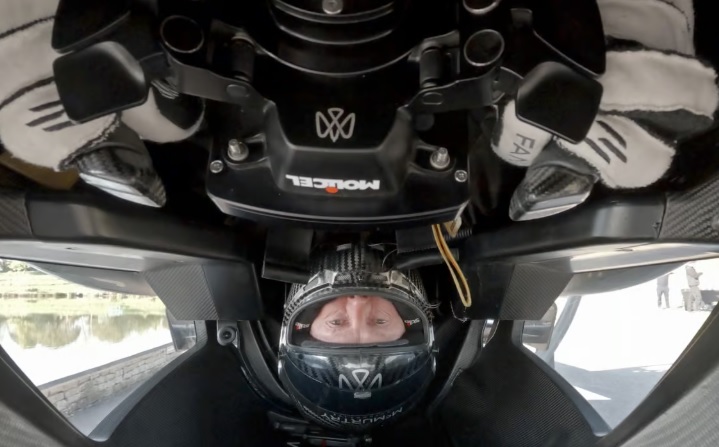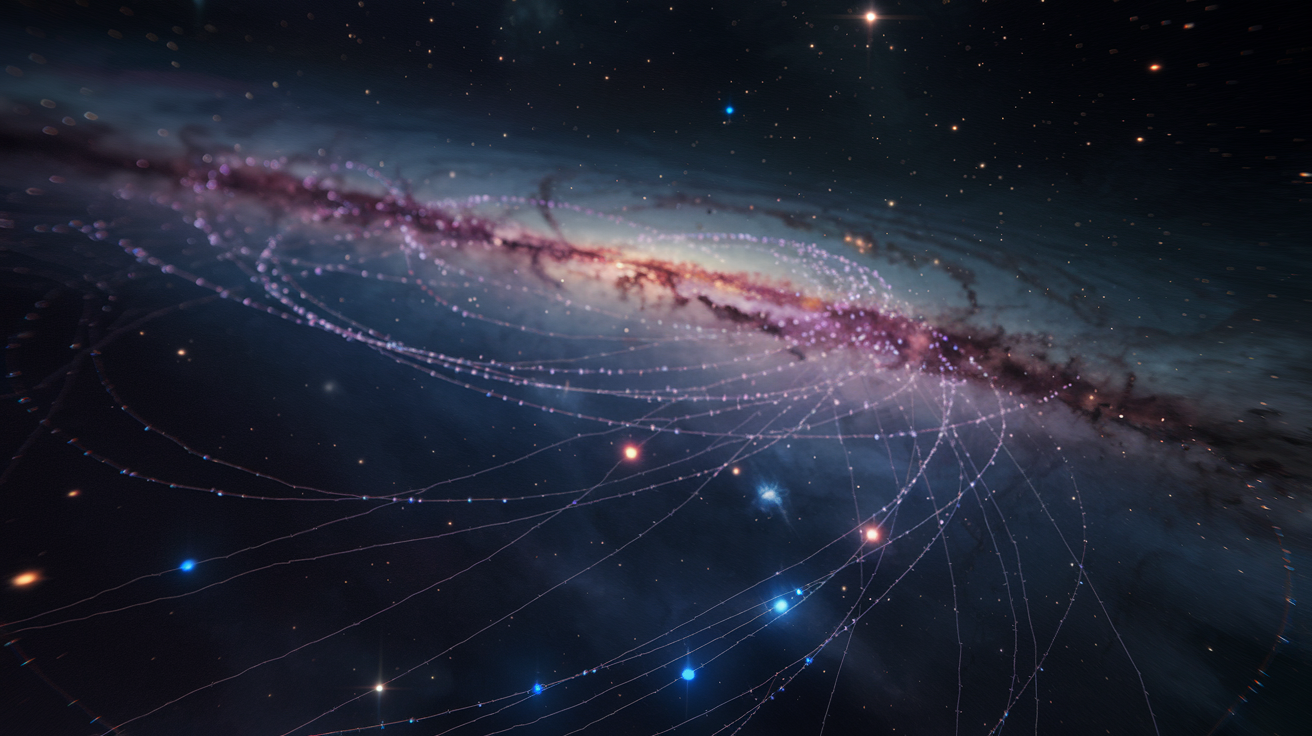
What if everything we thought we knew about dark matter was wrong? While scientists have long believed dark matter consists of cold, massive particles that have existed since the beginning of time, a groundbreaking theory from Dartmouth researchers challenges this fundamental assumption. They propose something truly mind-bending: dark matter may have begun as massless, light-like particles that eventually condensed into the mysterious substance that now makes up roughly 85% of the universe’s mass.
This revolutionary idea, developed by Robert Caldwell and Guanming Liang, isn’t just theoretical speculation—it’s testable with existing data. Their research suggests that in the universe’s earliest moments, particles with opposing spins bonded together through a magnetic-like attraction as cosmic temperatures plummeted. The resulting energy transformation created the heavy, cold particles we now call dark matter. Even more exciting? The fingerprints of this process might be hidden in plain sight, embedded within the cosmic microwave background—the oldest light in our universe. Join us as we explore the speed, mass, and secrets behind dark matter formation through the lens of the Dartmouth theory, the underlying physics, and how scientists are working to detect its elusive presence.
The Dartmouth Theory: Rethinking Dark Matter Origins
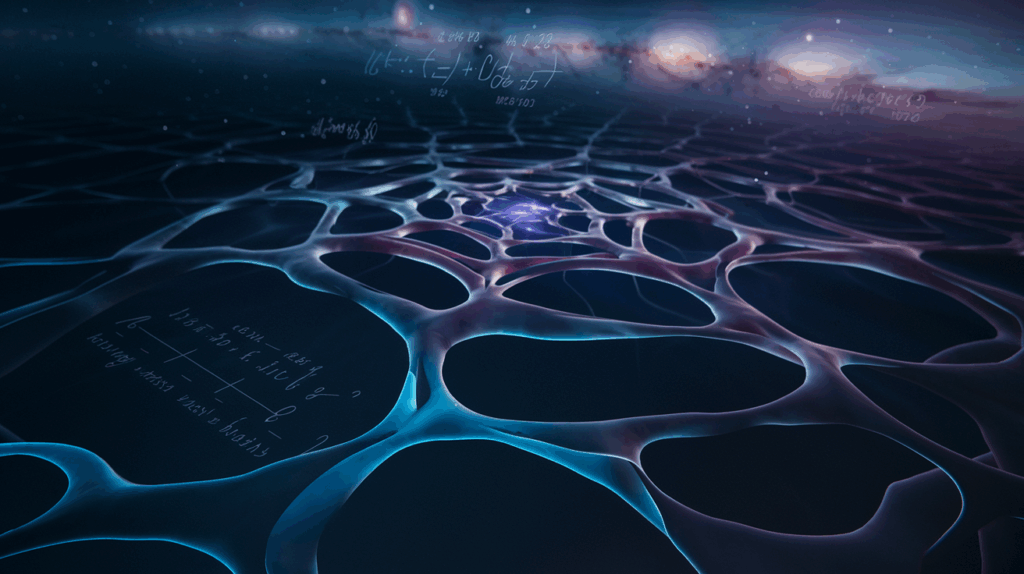
A. Massless particles to massive dark matter: The condensation process
The Dartmouth theory, developed by Robert Caldwell and Guanming Liang, proposes that dark matter formed from high-energy, massless particles in the early universe. Published in Physical Review Letters, their research suggests these photon-like particles underwent a cooling and pairing process, causing them to lose energy and gain mass. This condensation process resembles steam transitioning into water, challenging traditional views of dark matter as cold, massive lumps.
B. Spin-based interaction: How opposing spins create bonds
The researchers theorize that these massless particles bonded under specific spin conditions, creating pairs similar to Cooper pairs in superconductivity. This bonding mechanism facilitated a dramatic decrease in energy, enabling the particles to transition from near-massless states to substantial masses. The mathematical framework for this spin-based interaction is notably simple yet powerful in explaining observed phenomena.
C. Testability: A key advantage over competing theories
What sets the Dartmouth theory apart is its testability against existing Cosmic Microwave Background data. The researchers propose that as particle pairs cooled and became heavier, they created detectable patterns on the CMB. Ongoing projects like the Simons Observatory are expected to provide data that could validate this theory, potentially transforming our understanding of dark matter formation. With this foundational understanding of dark matter’s origins, we can now explore the physics behind its formation process.
The Physics Behind Dark Matter Formation
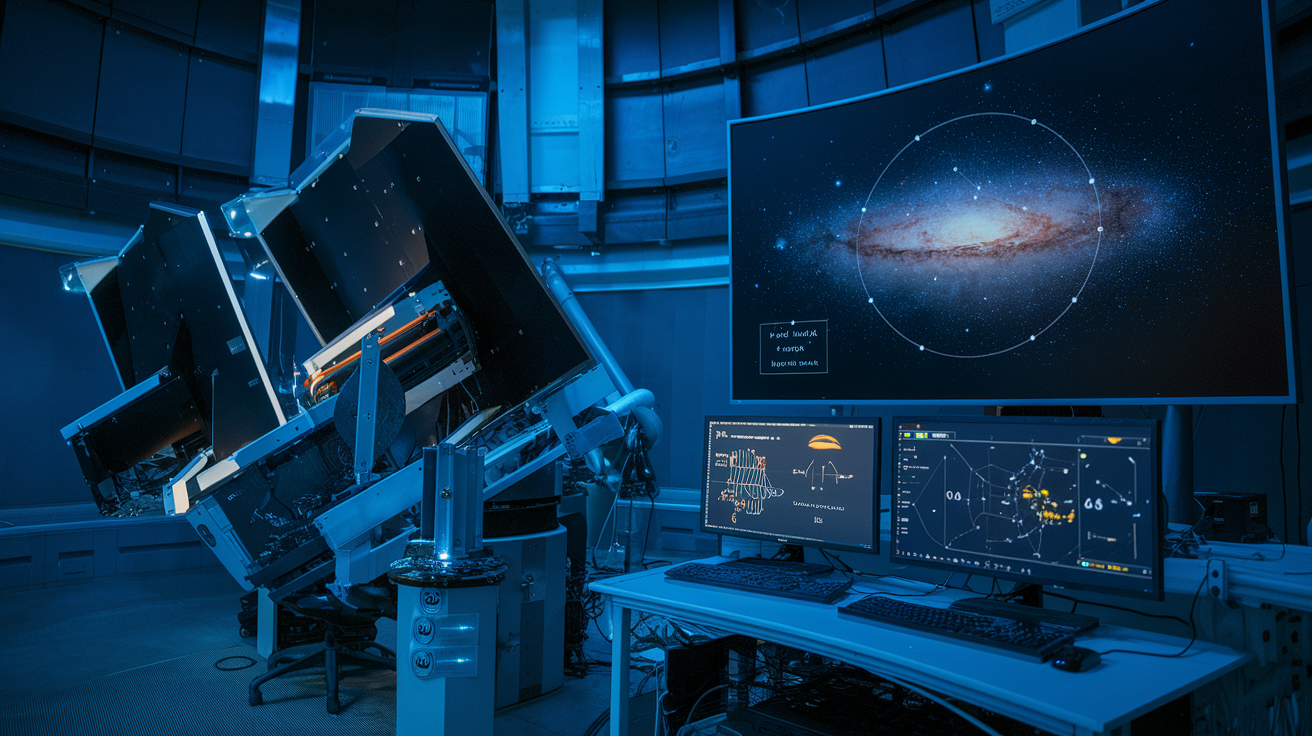
Unique signatures in the cosmic microwave background
Now that we’ve explored the physics behind dark matter formation, we can examine how scientists detect its presence. Recent research reveals dark matter may leave distinctive signatures through two-peak structures in detected signals due to Doppler shifts and variations in radial velocities. These unique patterns in the cosmic microwave background provide critical evidence for validating formation theories.
Observational data: Testing the theory in real time
With this understanding, researchers are testing these theories using advanced instruments like XRISM observations of galaxy clusters. Innovative approaches include monitoring oscillations in electromagnetic constants and employing laser interferometers such as GEO 600, LIGO, and VIRGO. Cross-correlation measurements between nearby interferometers represent a promising method for detecting spatially coherent dark matter fields, potentially revealing more of the universe’s hidden secrets.
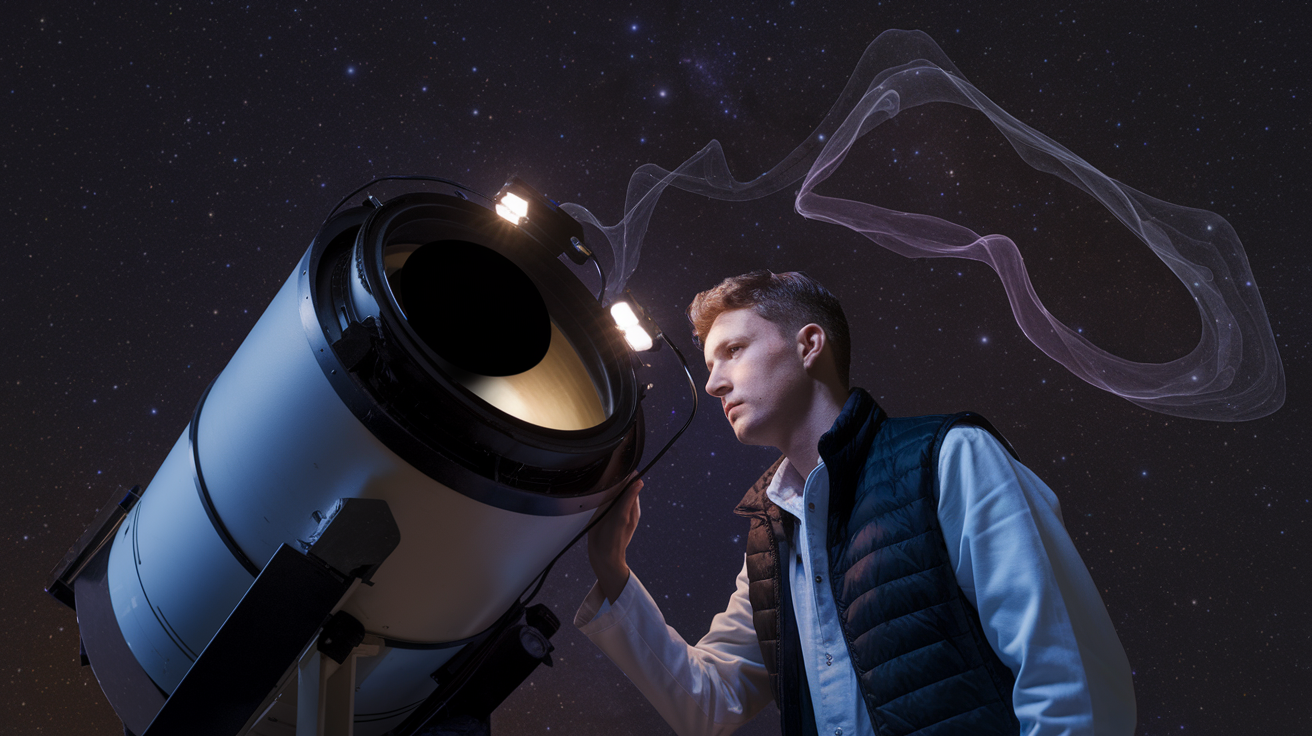
The Dartmouth theory offers a revolutionary perspective on dark matter, suggesting it originated as massless particles that condensed through spin-based interactions rather than existing as primordial “cold lumps.” This testable theory challenges conventional wisdom while providing potential answers to some of the universe’s most perplexing mysteries. The ability to detect signatures of these particles in the cosmic microwave background gives scientists a tangible way to validate or refute this innovative model.
Conclusion: As we continue to unravel dark matter’s secrets, theories like this remind us that our understanding of the universe remains incomplete and evolving. The quest to identify dark matter’s true nature represents one of modern physics’ greatest challenges and opportunities. Whether through spin-based interactions or alternative explanations, this invisible substance continues to shape our understanding of cosmic evolution while pointing toward new frontiers in theoretical physics.
LATEST
-
The Ultimate Guide to Organizers Heaven Finds in Amazon
Designer Circa 09′ Dreaming of a kitchen that’s both functional and visually appealing? You’re…
-
More Than a Speeding Ticket, They Could Take Your Automobile
Picture this: You’re cruising down a Florida highway, the wind in your hair, and…
-
Buckle Up and Look Up: The EV That’s Driving Upside Down
The Incredible World of Formula One Downforce Hey there, car enthusiasts! Have you ever…
-
Unearthing Amazon’s Hidden Gems (Up to 80% Off!)
Hey Fellow deal hunters! Let’s be real, who doesn’t love the thrill of snagging…
-
The ‘Rich Mom’ Illusion: How to Turn $100 into a Million-Dollar Wardrobe
Hamptons You gaze upon images of celebrities, their effortless style radiating a quiet confidence.…



